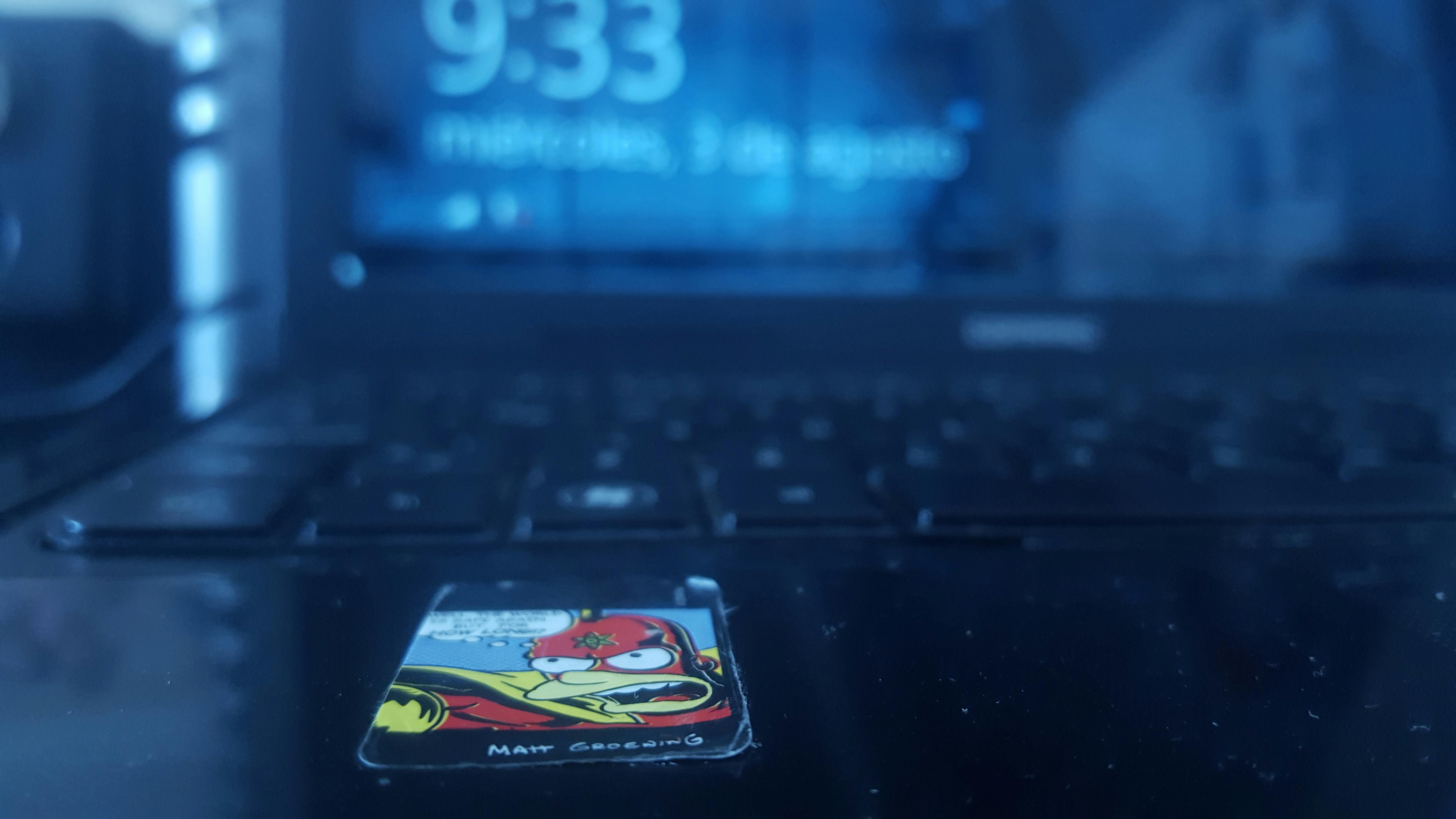In a previous article, I posed 11 questions to consider as you prepare for a difficult conversation that will keep you focused, productive, and constructive, regardless of the other person’s reaction. Now that you’re ready, implementing these six strategies will start the conflict conversation on the right track.
1. Set up the room. To create a welcoming and safe environment, arrange the room to maximize participation. Here are 5 tips:
- Arrange chairs around a table so people can face each other.
- Have graph paper or a white board to capture ideas, problems, etc. for those who are visual thinkers.
- Provide drinks and snacks as this sets a casual and warm tone.
- Have a break room in case you need to give people space to calm down emotionally.
- Provide pen and paper for those who are kinesthetic thinkers and need to write and process information.
2. Create a positive tone. It is important to create a positive attitude for those involved in the conversation. One can simply open the conversation with, “Thank you for agreeing to participate in this dialogue. The intent today is to work hard and collaborate on how we can resolve the issues we are facing in this situation. I need your focus and commitment to participate.” constructively and productively in this conversation.
3. Establish ground rules or standards. Don’t underestimate this strategy, especially in high intensity and emotionally charged conflicts. Create the rules together with the parties. Do not impose these rules. just ask the question “What is needed to support the conversation so that it remains constructive and productive?” An example might be “We agreed not to interrupt each other mid-sentence.” Gold “We agree to listen as if we were hearing the subject for the first time.”
4. Set a time frame. You don’t want the parties to be in a very emotional place and then have to end the conversation because someone has to go on another date. Make sure all parties are aware of the exact time commitment for the conversation. I would suggest 2-4 hours for any troubleshooting dialogue. Parties may return for multiple sessions.
5. Determine the confidentiality parameters. It is essential to set limits on what can be said to people outside of dialogue. A breach of confidentiality can quickly undermine the progress and trust that has resulted from the conversations. Create and enter into an agreement with the parties regarding confidentiality. Examples can be “we agree not to discuss with other employees the nature, content or behavior of these private conversations”, I “We will agree with whom, outside of dialogues, we will share information and what they need to know to move forward with an action step.”
6. Create an agenda that lists the topics. An effective strategy to keep people up to date on the conversation is to capture a list of the issues that the parties are bringing to the table. Use a notepad or whiteboard to list the problems. Then have the parties prioritize the list in order of importance.




